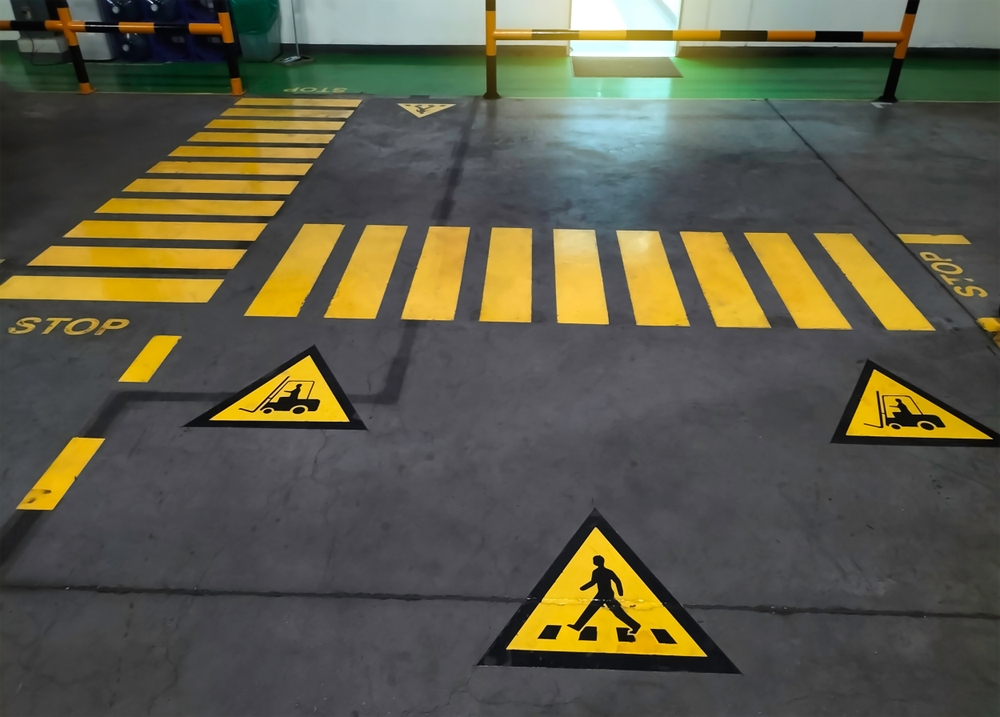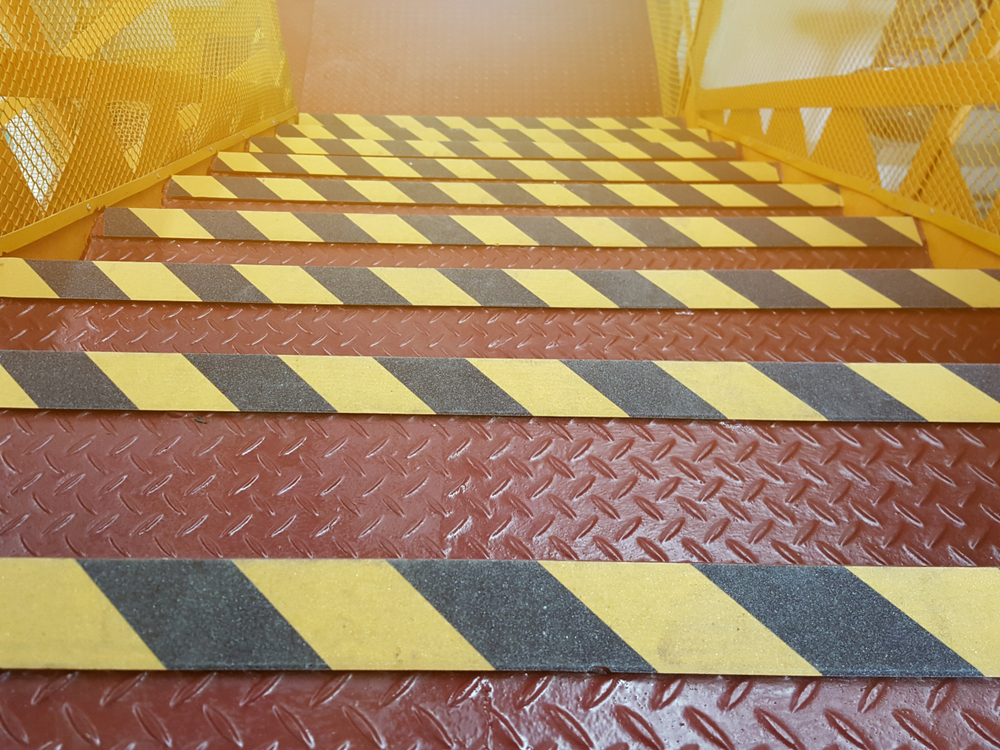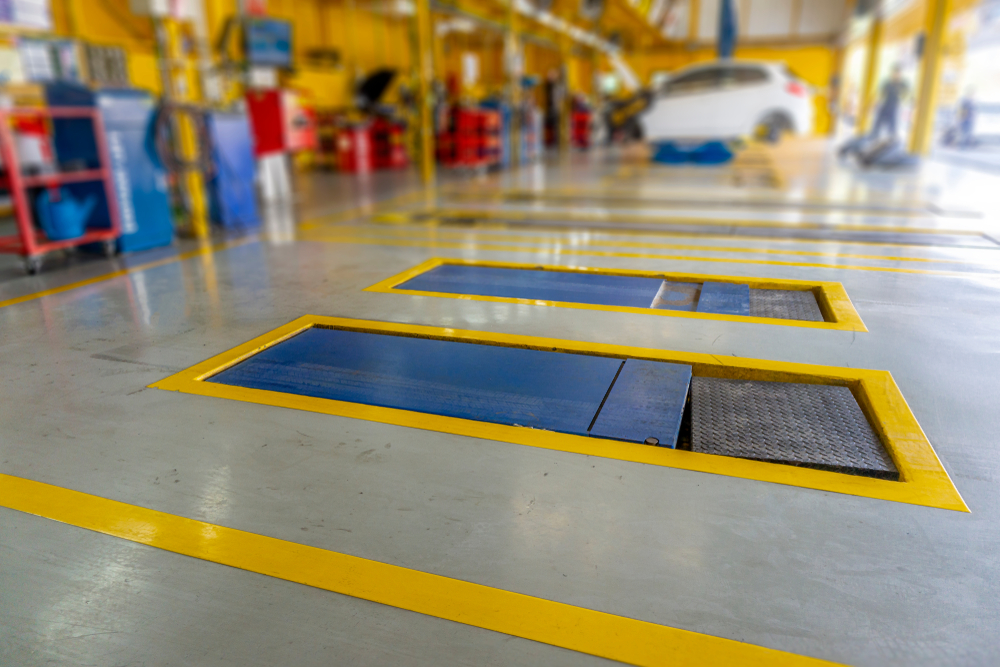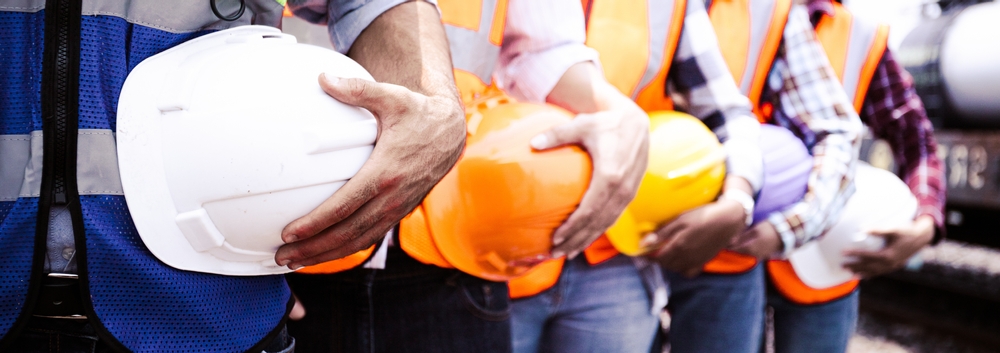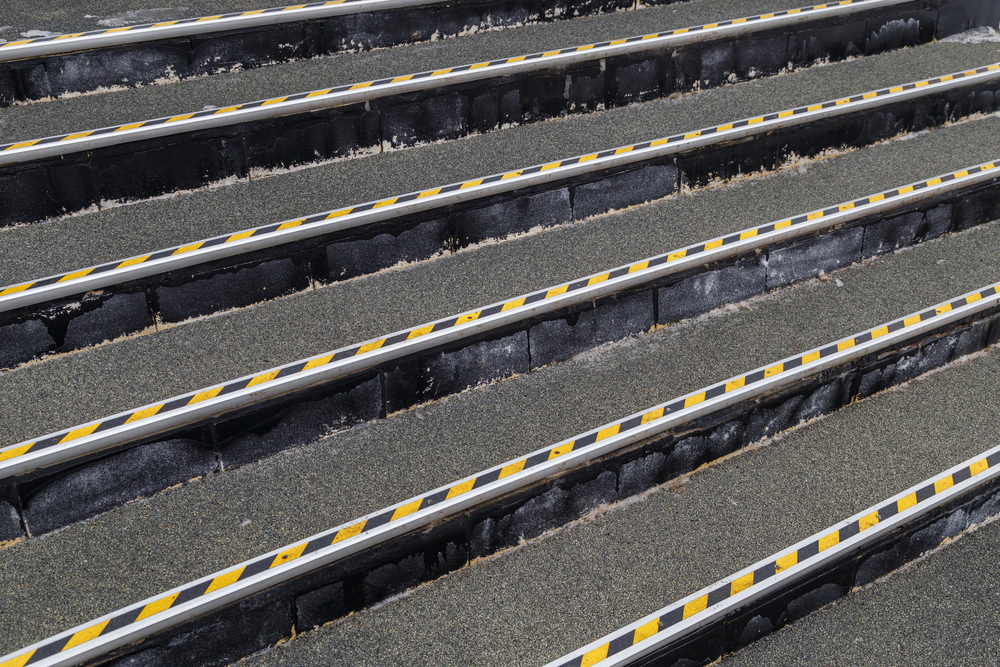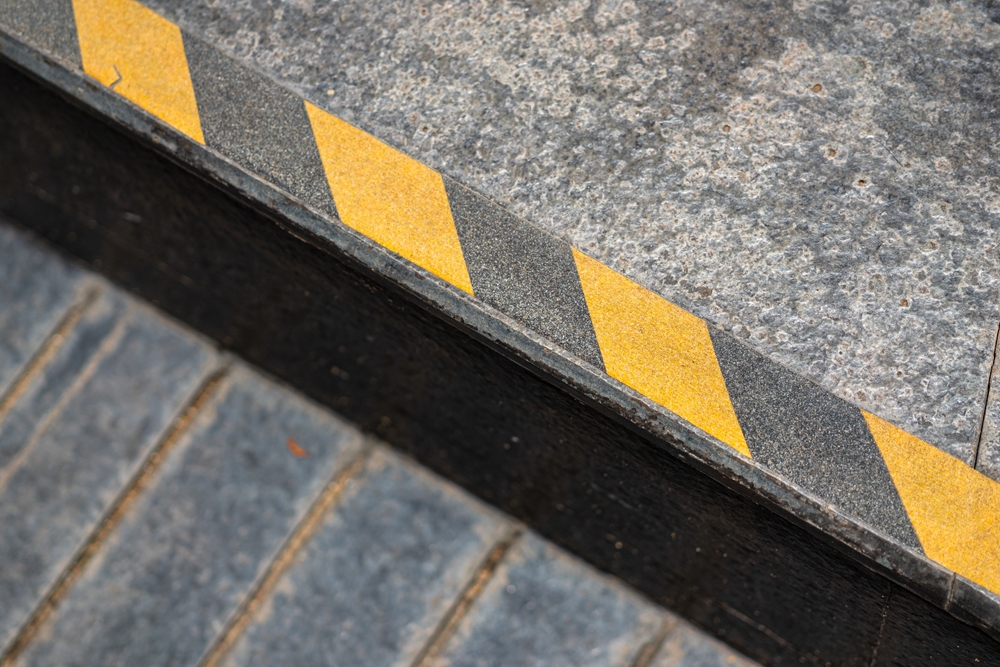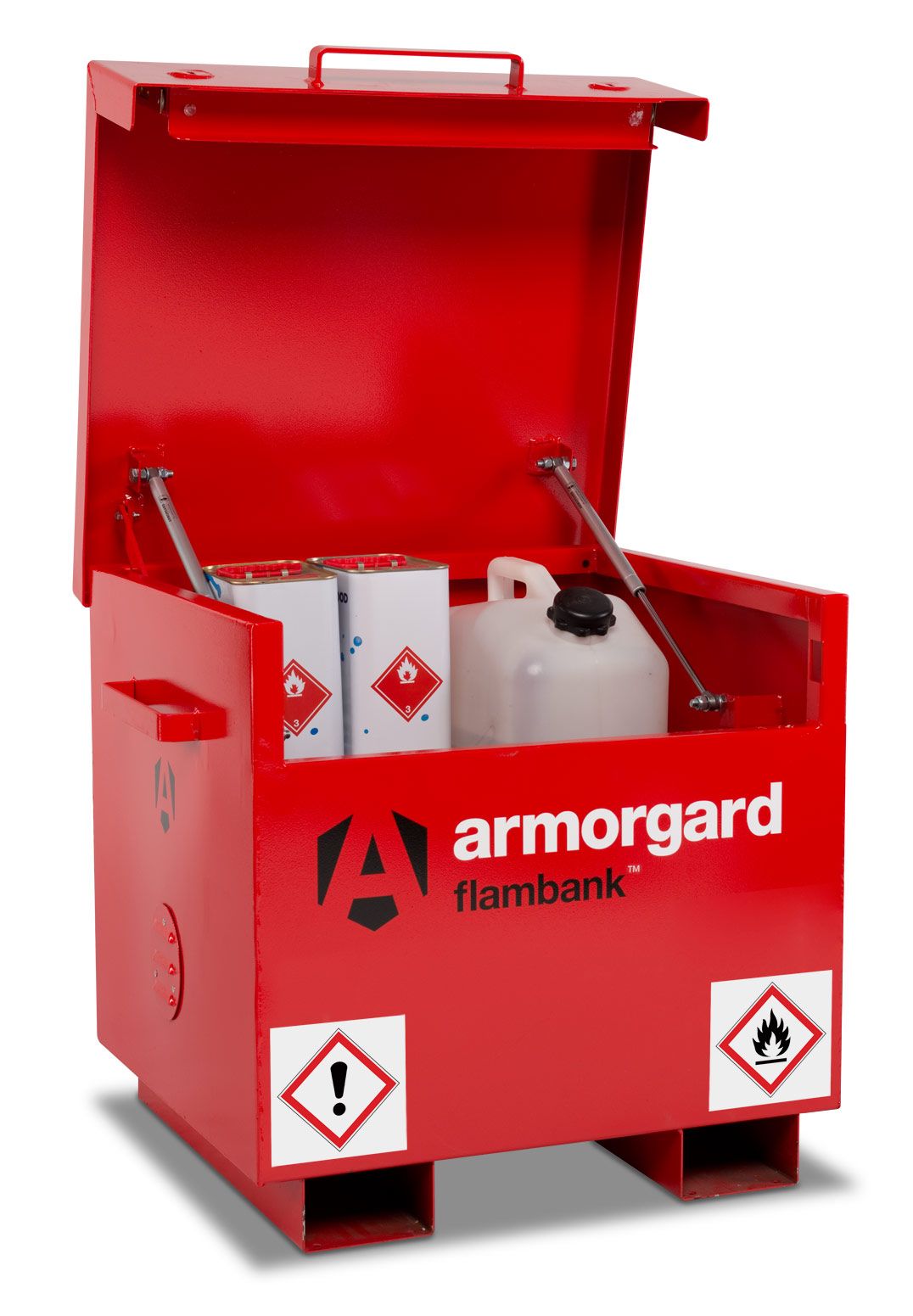Statistics from the UK's Health and Safety Executive (HSE) show that slips, trips and falls are among the most common workplace accidents. The injuries that can result from these accidents range from minor to severe, and this is especially frustrating because businesses can minimise the risk of this type of incident by following suitable health and safety protocols.
Trips can often be prevented through the use of floor markings, and in fact, are not the only type of accident that can be avoided in this way. Collisions between pedestrians and vehicle traffic are among the most common accidents that result in fatalities in the UK, but employers can significantly reduce the risk of an incident using floor tape to demarcate safe areas and pedestrian walkways.
In some industries, floor marking tape is a legal requirement, while in others it is simply best practice to use it. Here, the workplace safety experts at SafetyBuyer explain how floor marking tapes reduce the risk of accidents, and how you can use them to avoid some of the most common incidents and injuries.
How should I use floor marking tape to keep workers safe?
There are many different types of floor tape available, and several applications that can help to protect the safety and wellbeing of workers, visitors and members of the public in your workplace.
On a construction site, in a warehouse or in any other workplace where pedestrians and vehicles occupy the same space, it is vital to use floor markings to keep traffic streams separate. Ideally, pathways for pedestrians should be kept as far away from vehicle traffic as possible, but even so, floor markings should be used to indicate the correct path to follow. This significantly reduces the likelihood of collisions or people wandering into unsafe areas. In some cases, the use of line marking tape is a legal requirement to keep pedestrian traffic safe from collisions with vehicles.
For an extra layer of safety, different colours of floor tape can be used to indicate different zones, and draw attention to areas where forklift trucks or other vehicles are in operation. In this way, people can instantly recognise where it is safe for them to be and anticipate the specific hazards they might encounter. Floor tape can be paired with other safety signs in these cases to send a clear message about risks and comply with HSE regulations.
Tape can also be used to identify areas where people need to take care - such as areas of uneven flooring, or edges and drops that are difficult to see. If you are concerned about the risk of slips, trips and falls, you can also invest in anti-slip tapes that will add extra protection against this risk.
What are the floor tape best practices I should consider?
Choosing the right tape for your application is crucial, as there are many different types available. Make sure the adhesive is suitable for the surface where you need to apply the tape. Otherwise, you might spend a lot of time maintaining the tape, and if it wears away, it may leave a hazard unmarked and increase the risk of an accident. Think about the environment where you intend to install the tape and consider whether it will be exposed to any inclement weather conditions or other factors that can affect its integrity.
When using different colours of tape to communicate specific risks, it is vital to provide adequate training to employees to make sure they understand how to follow the safety instructions. If you are using marking tape for hidden edges, you may get better results using stair nosing, as this can provide additional slip resistance and may be more durable for your application.
While floor tape can make a significant impact on the safety of a workplace, it is not enough on its own. For example, pathways to be used by pedestrians and vehicles should be clearly labelled to avoid any confusion, and safety signs should be placed at intersections or other risky areas to make sure that danger is highly visible and avoidable.
For more insights into line marking tapes and how they could improve your organisation's approach to workplace safety, browse our full range today. Alternatively, call us for free on 0800 043 0161 to discuss your application, or email us at sales@safetybuyer.com to find out more.
 Over 12,000
Over 12,000  Simple no quibble
Simple no quibble  Prompt dispatch &
Prompt dispatch &  UK Mainland Delivery
UK Mainland Delivery 